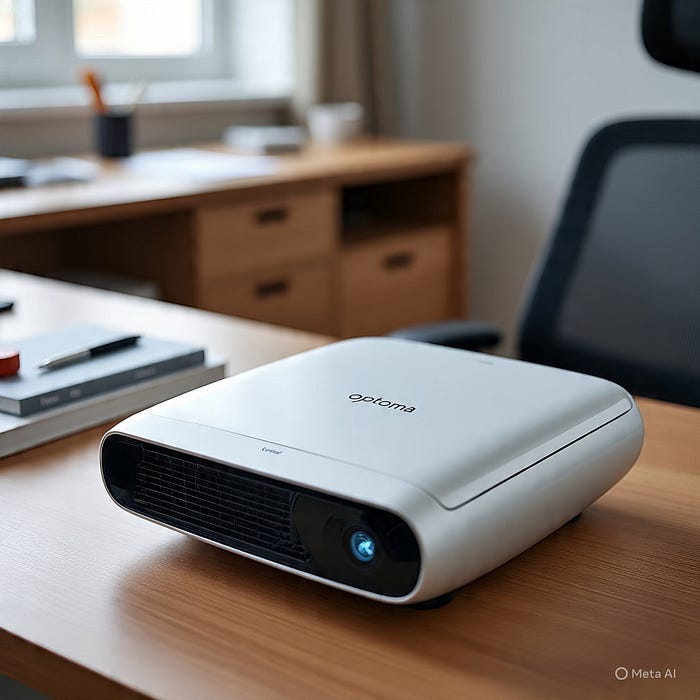A home theater projector is a device that projects video content onto a large screen or wall to create a cinematic experience within the comfort of your own home. It is designed to deliver a larger display size compared to traditional televisions, providing an immersive viewing experience.
Here are some of the key features of home theater projectors:
- Projection technology: There are three main types of projection technologies: LCD, DLP, and LCoS. Each has its own advantages and disadvantages in terms of image quality, contrast ratio, color accuracy, and response time.
- Resolution: The projector’s resolution determines the level of detail in the projected image. Common resolutions for home theater projectors include Full HD (1920 x 1080 pixels) and 4K Ultra HD (3840 x 2160 pixels). Higher resolutions offer sharper and more detailed images.
- Brightness: Projector brightness is measured in lumens. The amount of brightness you need will depend on the ambient light conditions in your viewing area. For dark or dimly lit rooms, a projector with lower brightness may be sufficient. For rooms with more ambient light, look for projectors with higher brightness to ensure a clear and vibrant image.
- Contrast ratio: Contrast ratio refers to the difference between the darkest and brightest areas of an image. Higher contrast ratios produce more vibrant and detailed images, especially in dark scenes.
- Throw distance: The throw distance is the distance between the projector and the screen. It determines the size of the projected image. Consider the available space in your room and the desired screen size to choose a projector with the appropriate throw ratio.
- Connectivity and inputs: Look for projectors that offer a variety of connectivity options, such as HDMI, VGA, USB, and audio ports. This allows you to connect various devices like Blu-ray players, gaming consoles, streaming devices, and audio systems.
- Keystone correction: Keystone correction compensates for image distortion when the projector is not placed perpendicular to the screen. Vertical and horizontal keystone correction features help to adjust the image shape and maintain proper proportions.
- Lamp life: Projectors use lamps as their light source, and these lamps have a limited lifespan. Consider the lamp life expectancy and replacement cost when choosing a projector.
- Noise level: Projectors generate some level of fan noise during operation. Consider the noise level specifications, especially if you are sensitive to noise or plan to place the projector close to the seating area.
- Additional features: Some projectors may include additional features like lens shift (adjusting the image without physically moving the projector), 3D capabilities, built-in speakers, and smart functionality for streaming content.
When setting up a home theater projector, you will need a suitable projection screen or a flat wall with a smooth surface for optimal image quality. Ensure proper positioning, alignment, and calibration of the projector to achieve the best picture quality and viewing experience.
Overall, a home theater projector can transform your living space into a cinema-like environment, allowing you to enjoy movies, TV shows, sports events, and gaming with a larger-than-life display.
Here are some additional tips for choosing a home theater projector:
- Consider your budget. Home theater projectors can range in price from a few hundred dollars to several thousand dollars.
- Decide on the features that are most important to you. Some factors to consider include resolution, brightness, contrast ratio, throw distance, and connectivity.
- Read reviews from other users. This can be a helpful way to get an idea of the pros and cons of different projectors.
- Visit a local electronics store to see different projectors in person. This will give you a better sense of the size and image quality of each projector.
With a little research, you can find the perfect home theater projector to create an immersive and enjoyable viewing experience in your own home.

